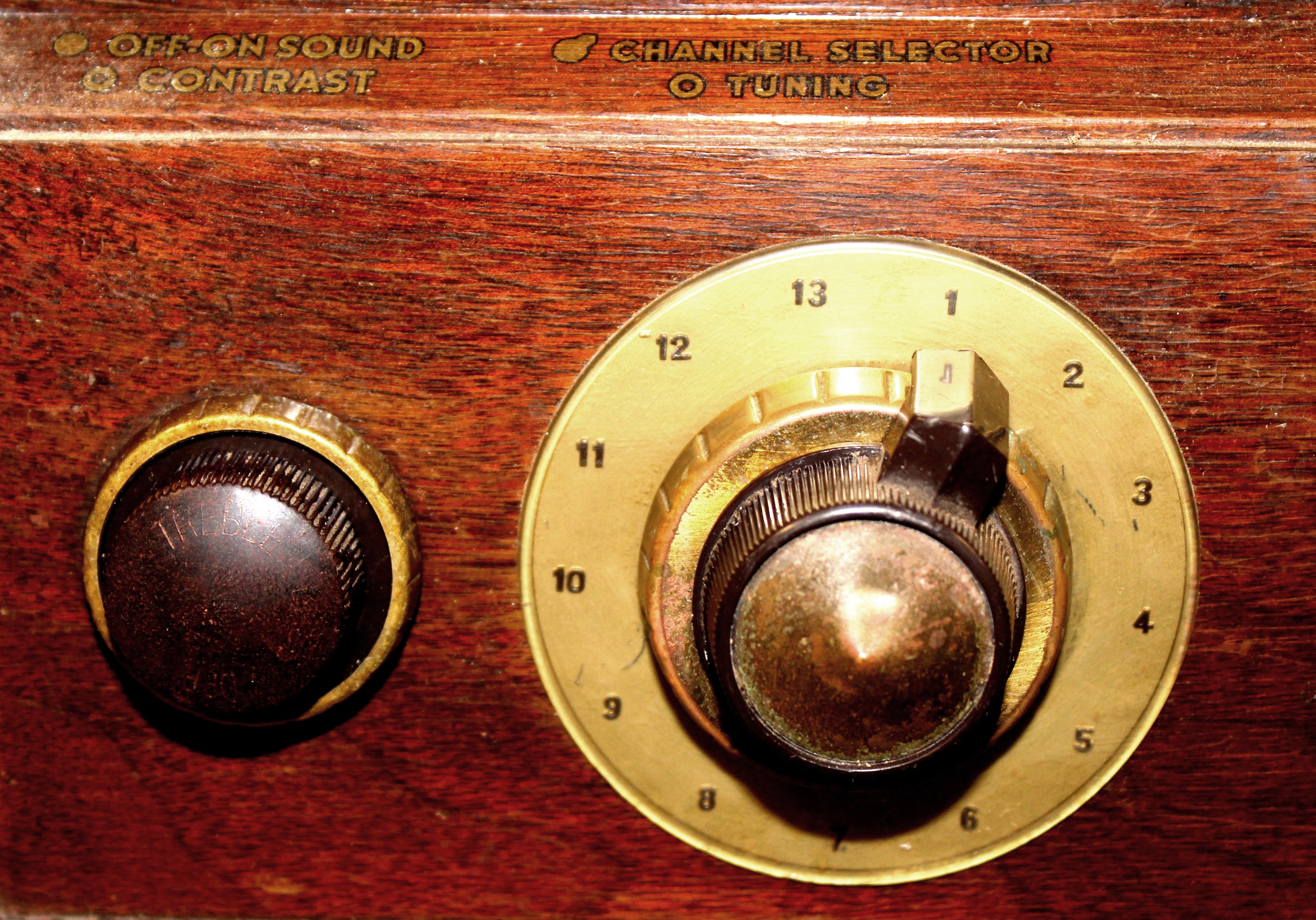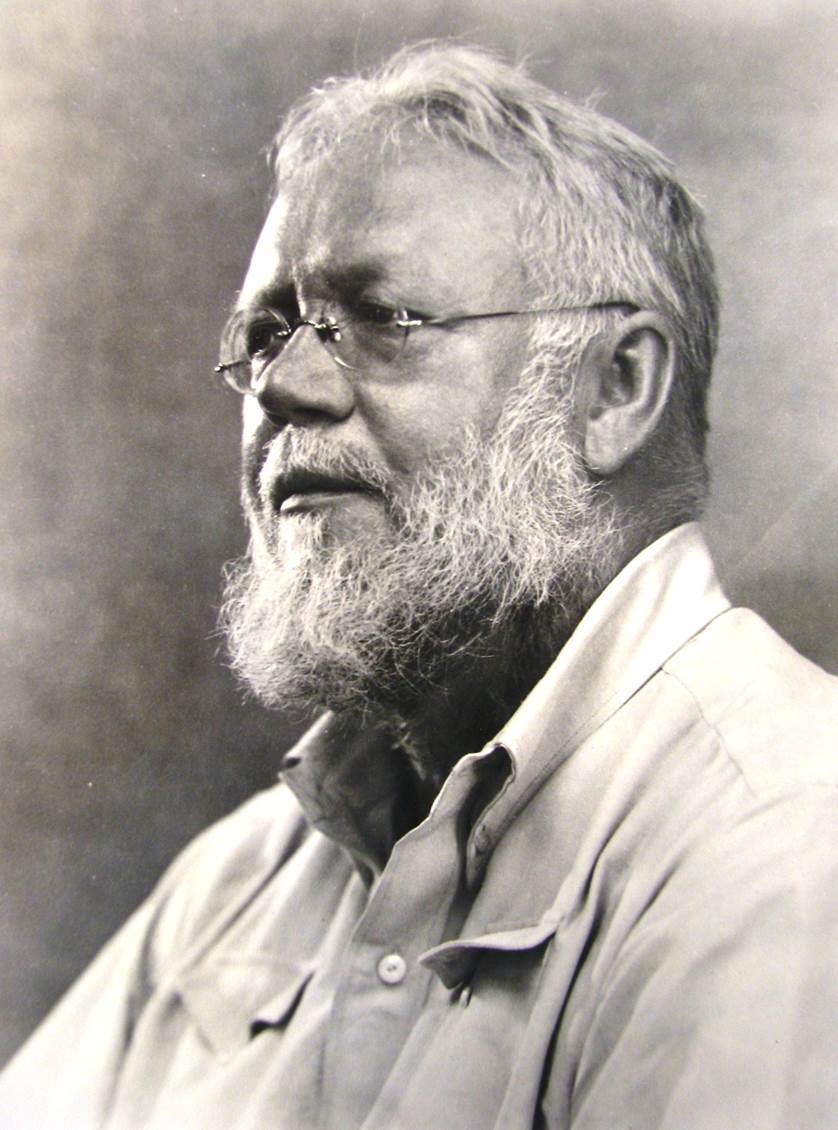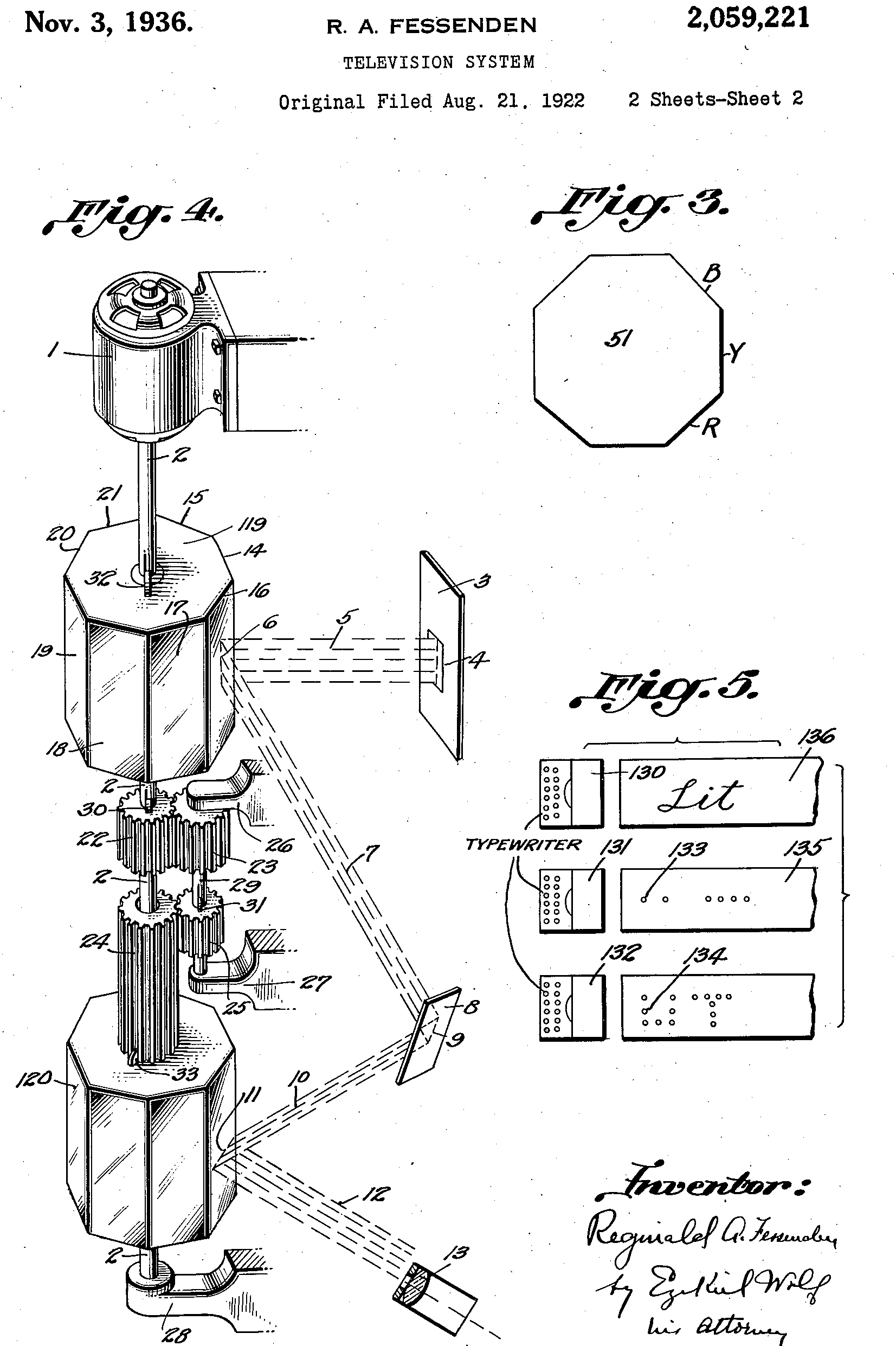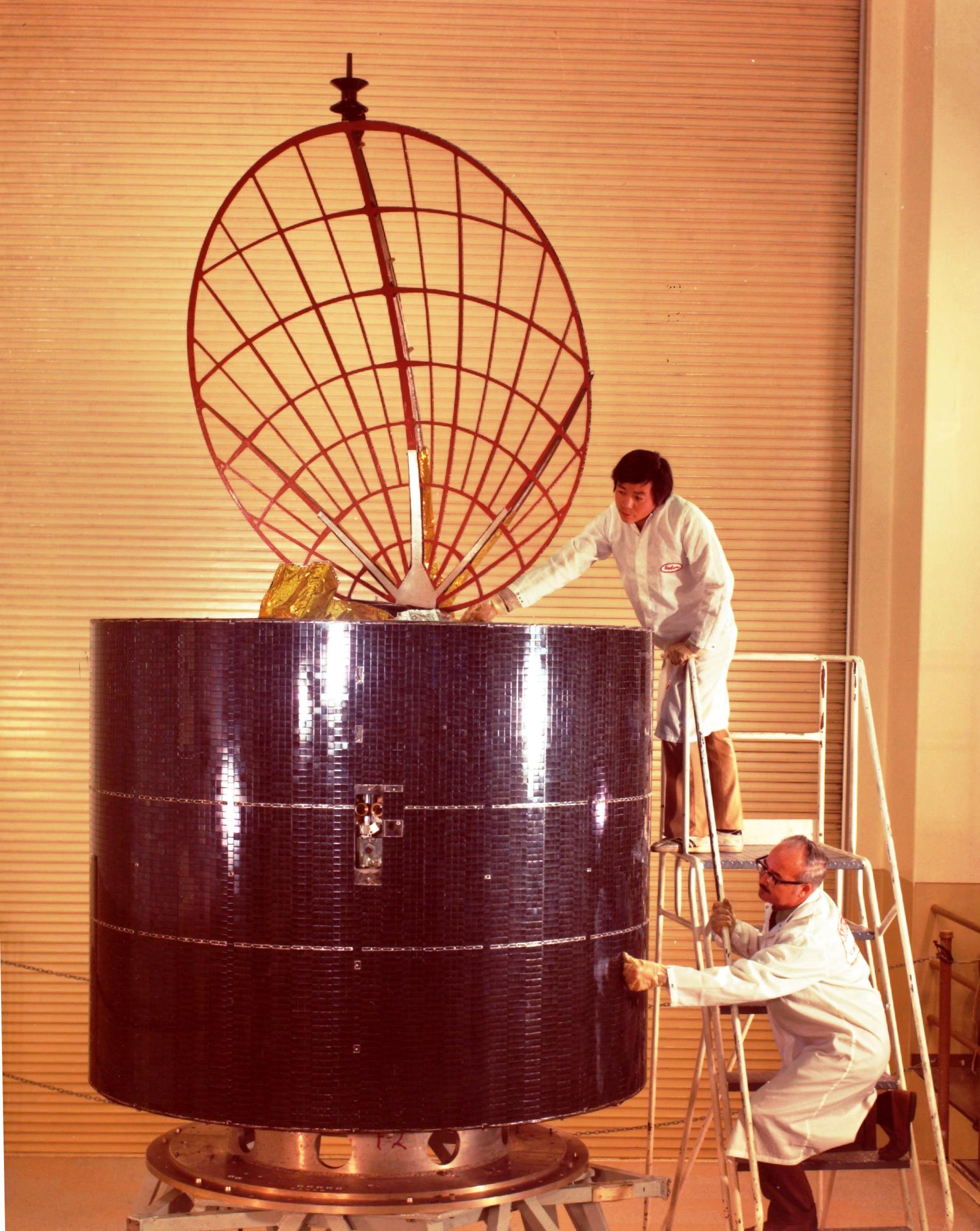This Month in Broadcast History: August
A very interesting television patent from 100 years ago

Communications pioneer Reginald A. Fessenden is perhaps best remembered for an event that has never been substantiated, and one that perhaps never occurred. This is a supposed Christmas Eve 1906 first-ever radio broadcast. (There is no contemporary documentation known to exist and Fessenden never mentioned it until more than a quarter century later.)

Something that can be substantiated, though, is his virtually unknown work in the field of television. One hundred years ago—Aug. 21, 1922—Fessenden filed the first of several patent applications in the field of television. (It was finally granted posthumously on Nov. 3, 1936, four years after his death.)
In the patent—U.S. Patent no. 2,059,222 (“Television System”)—Fessenden not only describes a complete TV system, but also adds in infrared imaging (“…the device is capable of transmitting heat pictures as well as light pictures and so [is] useful in detecting battleships, airplanes, motors and so forth at night and in a fog…”), and color (“When it is desired to transmit the picture in its natural colors, successive faces of the prismatic mirror 5 in Figure 3 may be coated with films to reflect respectively, red, yellow and blue…” ).
The real eye-opener comes further down in the patent, as it’s apparently the first-ever mention of video encryption.
“Pictures or messages may be sent in undecipherable code by tilting successive sides of the rotating mirrors as indicated…so as to make the picture area[s] succeed each other at arbitrarily determined order, both horizontally and vertically. The chances of anyone [who does not know] the exact angle for each mirror side [in] detecting the message would be one in many millions. This method may be used for cipher purposes generally, and the message may be photographed.”
OTHER NEWS FROM TV’S PAST:
75 Years Ago, 1947 – The path to oblivion for television’s fabled Channel 1 (44-50 MHz) began this month, with an FCC proposal to reclaim the spectrum chunk that had been pried away from FM broadcasters just a couple of years earlier and reassigned for television. (The original FM band spanned 42-50 MHz.)
The professional video industry's #1 source for news, trends and product and tech information. Sign up below.
The commission justified this very early TV spectrum grab, as it would circumvent an earlier proposal for the sharing of some television channels with land and mobile radio communications users. In the Aug. 14 proposal, the FCC stated: "there is no practicable sharing arrangement which will not cause serious interference to television reception."

The proposal soon became law and Ch. 1 tuner positions began to disappear from television sets being manufactured. (Ch. 1 was intended for “community” (low-power) TV stations, and had originally been assigned for use in some 16 cities and/or dual-city TV markets in 10 states. It appears that only a single Ch. 1 CP was issued prior to its deletion; this was to a prospective TV broadcaster in Riverside, Calif.)
50 Years Ago, 1972: The” race” to get into the domestic satellite communications business is definitely on, with Western Union placing an order with Hughes Aircraft for three 12-transponder birds and associated ground stations that totaled approximately $69 million (close to half a billion in today’s money).
WU’s order followed a similar one from Telesat Canada (now Telesat). Part of the transponder capacity on the three Canadian birds had been reserved by the Canadian Broadcasting Corp., which planned to use it for distributing its network programming throughout Canada. The launch of the first of these “Aniks” later in 1972 would give Canada bragging rights as to being the first country with its own geosynchronous communications satellite.
25 Years Ago, 1997: The big news this month is a reprieve of sorts from the FCC, which will allow TV stations to keep their analog transmissions going past the original 2006 sunset date. Heavy lobbing by the NAB and others was attributed to the commission’s rethinking of how long it would take to move some 1,600 commercial broadcasters to digital, and also for getting DTV sets and converters into viewer’s homes.
At the same time, the future of high-definition television was increasingly in doubt, as some broadcasters were seeing more dollar signs in running SD multiplexes on their new digital channels than in implementing an HD service.
James E. O’Neal has more than 50 years of experience in the broadcast arena, serving for nearly 37 years as a television broadcast engineer and, following his retirement from that field in 2005, moving into journalism as technology editor for TV Technology for almost the next decade. He continues to provide content for this publication, as well as sister publication Radio World, and others. He authored the chapter on HF shortwave radio for the 11th Edition of the NAB Engineering Handbook, and serves as contributing editor of the IEEE’s Broadcast Technology publication, and as associate editor of the SMPTE Motion Imaging Journal. He is a SMPTE Life Fellow, and a member of the SBE and Life Senior Member of the IEEE.



